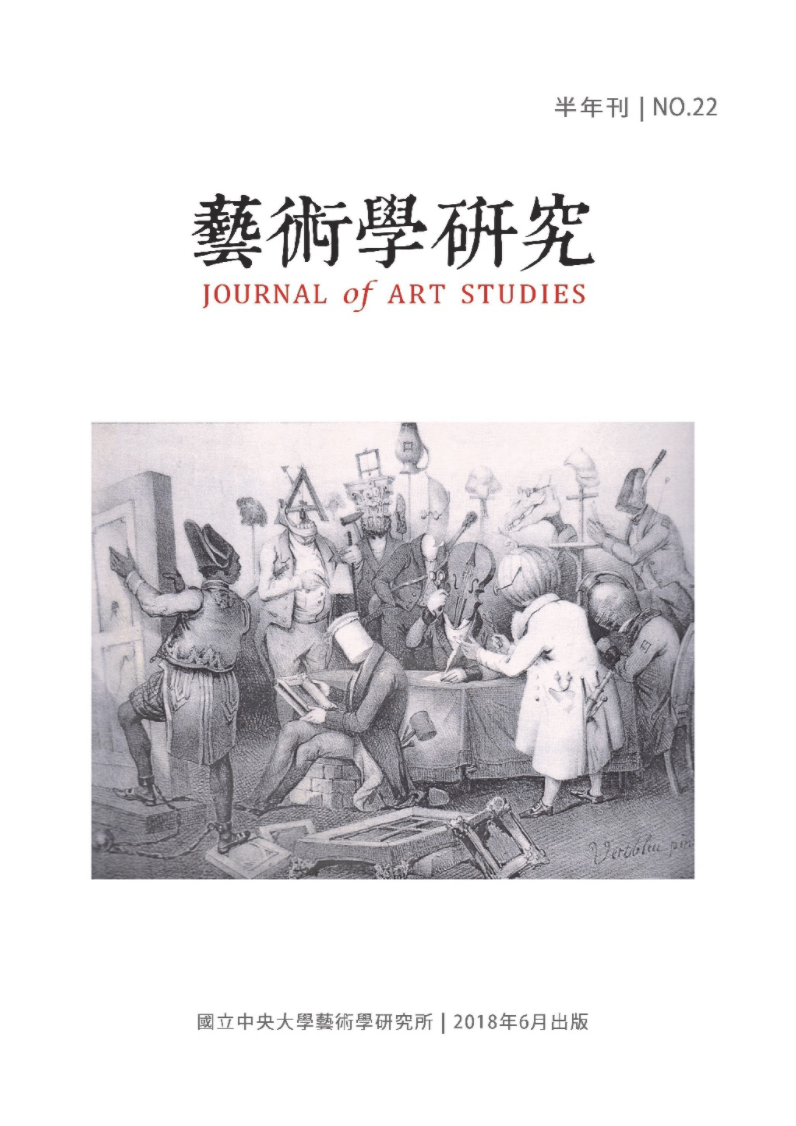李小龍的拳腳功夫片為1970年代的香港帶來革命性的中國武術表演風格。有別於刀劍武俠電影,李小龍使用快速運動的方式將身體變成了致命的武器;作為他接班人的成龍,在 1970 年代末則創造出極為不同的功夫喜劇類型電影。
本文認為成龍電影透過巧妙的編排,大量挪用日常生活的物件作為訓練與再現拳腳功夫的道具。透過對這些平凡無奇的物的操作,也讓成龍在形象塑造上較李小龍更令人感同身受。換言之,李小龍的直接和成龍的迂迴形成了面對日常生活態度的兩種風格對比,而這種差異實與電影中再現城市與鄉村的二元對比模式有關,其中城市武術訓練的制式風格與物質享受,明顯有別於鄉村師徒訓練的隨創風格與物件挪用方式,呈現出成龍刻意展現有別於李小龍的反英雄形象,暗示著鄉村具有潛在樸質而雜融的洪荒之力。
In the 1970s, Bruce Lee brought Hong Kong and the whole world a revolutionary performing style of martial arts with his hand-combat films. In contrast to the sword fetish that existed in most martial arts movies, Bruce Lee turned his body into a lethal weapon through high speed movement, symbolizing the liberation of humankind from a world dominated by external powers. Jackie Chan, a successor to Bruce Lee on the big screen, developed a novel kung fu comedy genre in the late 1970s built upon a quite different personal style.
This paper argues that Jackie Chan, through ingenious action choreography, adeptly made various objects in everyday life appropriate for the use of kung fu training and practicing. The audience may feel more related to Jackie than to Bruce as a function of his interactivity with these quotidian items. Most importantly, there exist two representational styles for facing everyday life in Bruce Lee's straightness and Jackie Chan's detour. In these movies, Jackie Chan is trained by his wacky master via one-on-one tutorship and interacting with various everyday objects in the countryside, a method which is very different from the formal training in city martial arts schools. Jackie Chan's becoming a kung fu master subtly implies that true force of nature dwells only in rural simplicity.


